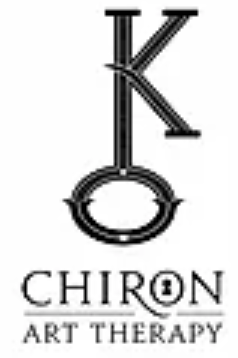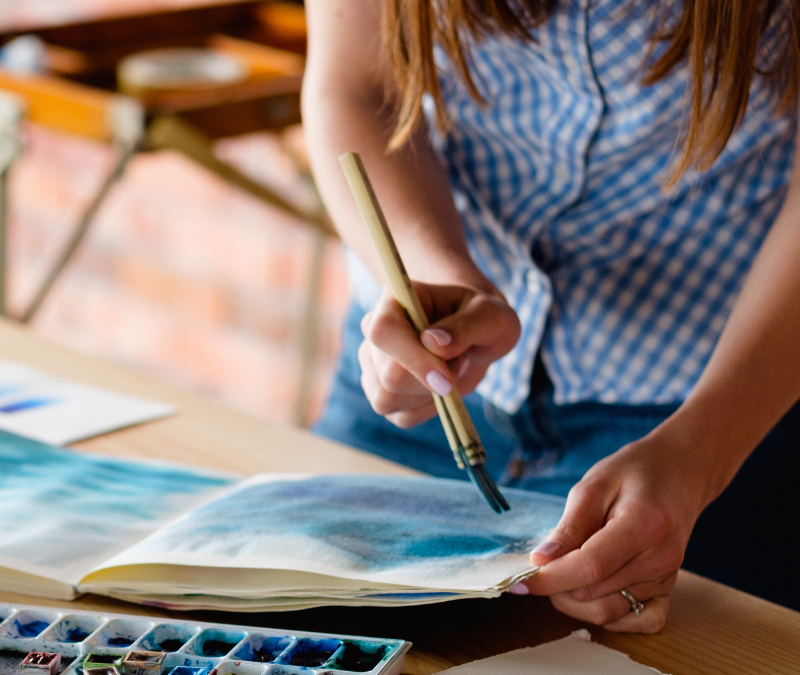Embodiment: A Journey to Presence
In her book, Present Over Perfect: Leaving Behind Frantic for a Simpler, More Soulful Way of Living, Shauna Niequist talks about how, when she started her journey of presence and more stillness, she was good at maximizing productivity in her “downtime.” She discusses marking things off her to-do list and catching up on emails. It was like she had no time for self-care or resting. Sooner or later, she realized this strategy was adding to the burnout, not taking care of it. She called this coping strategy “fake resting.” Can you relate?
Does this sound like you in your self-care and self-improvement strategies?
“I had lots of “to-do lists,” I bought a lot of “self-help books from Barnes and Noble,” Journaling check, check, check.”
This self-improvement contributes to making negative self-talk and stress levels worse, not better.
The Myth of Productive Rest: A Closer Look
Rest is required. Full stop. Surrendering to your body’s needs for downtime and stillness is healthy for you. Put down the phone! Sorry, not sorry, but it’s true. Surrendering is not losing a battle; it’s winning because you’re finally listening to your body, intuition, inner child, and soul.
Prioritizing Self-Care: Identifying and Verbalizing Your Needs
Nobody else will prioritize your needs if you don’t identify them, prioritize yourself, and verbalize your actions to take care of yourself. If you don’t know what that is, you should start doing check-ins.
I am a massive fan of Bari Tessler’s body check-ins, which she describes in her book, the Art of Money.
Time to Listen to Your Body: Unveiling the Terrifying
Niequist also writes, “Hustle is the opposite of heart.”
You can’t be compassionate and vulnerable if you’re rushing and pushing, especially to yourself. Listening to your body requires you to be still enough to notice and sense what is happening inside you. That also means that you’ll feel your emotions or listen to those parts of you that feel neglected. It may mean processing blocked grief or other bottled-up emotions.
Pema Chodron speaks to this idea in her quote in the book When Things Fall Apart, “Reaching our limit is like finding a doorway to sanity, and the unconditional goodness of humanity, rather than an obstacle, or a punishment.”
If being in your body feels terrifying, you may be living much of your life in your head. This response might take the form of an intellectual defense mechanism.
It could also be the result of chronic dissociation. Dissociation is a trauma response that cuts you off from your body and your emotions because you learned, often very early in childhood, that your feelings were not allowed or it wasn’t safe to feel or take up social or emotional space in your environment or family.
Sensory Awareness: The Self-Care Path Back to Stress Relief and a Calm Body
Any moment you can take to slow down, notice your body, and ground will be helpful. Can you feel the texture of your socks on your feet, the pressure of your chair as you sit, the feeling of your breath in your throat or nose? Do you feel the texture of your art supplies drawn on paper or the smell of your paint? Does your tea taste different on the front or the back of your tongue? Can you concentrate on consciously relaxing the tense muscles in your shoulders and neck?
Sensing is the way back to your body and processing your feelings. Your body processes past experiences so that you can understand why you feel anxiety, tension, and the pressure to be busy.
Conclusion: Embracing True Rest for Self-Discovery and Healing
The journey to presence involves discarding the illusion of “fake resting” and embracing the proper rest that allows for realignment and complete healing. It’s about acknowledging that rest is not merely a break from productivity but a vital component of understanding oneself and navigating life stressors. So, pause, listen to your body, and slow down.
The Magic of Mindfulness
Make chance moments your allies. You notice them more the more attention you give them.
Read here: At-tension—pulling it to yourself, your consciousness. This practice is true mindfulness.
What’s Up Next?
The fuzzy, warm kneading of a happy cat in your lap, blankets, your favorite hot tea, the brilliant rising hope in the moment of sunrise; magic is all around you. Did you miss it, or did you catch it and wrap it all around you?
In my next blog, I’ll explore the archetypal nature of rest and explore rituals you can incorporate into your practice.
This blog is a part of a series on rest. You can find the first one with an introduction on the importance of rest here and part two on sensory rest here.
Time to Get Support for Your Full Recovery and Self-Care Plan
If all of this sounds utterly terrifying, please reach out. Trauma-informed art therapy is an embodied way to process the stuff lurking in the shadows as well as learn to understand what your body is trying to tell you with symptoms like headaches, stomach issues, anxiety, and depression. This is what true medical self-care is all about. Read more on my art therapy and trauma pages.

